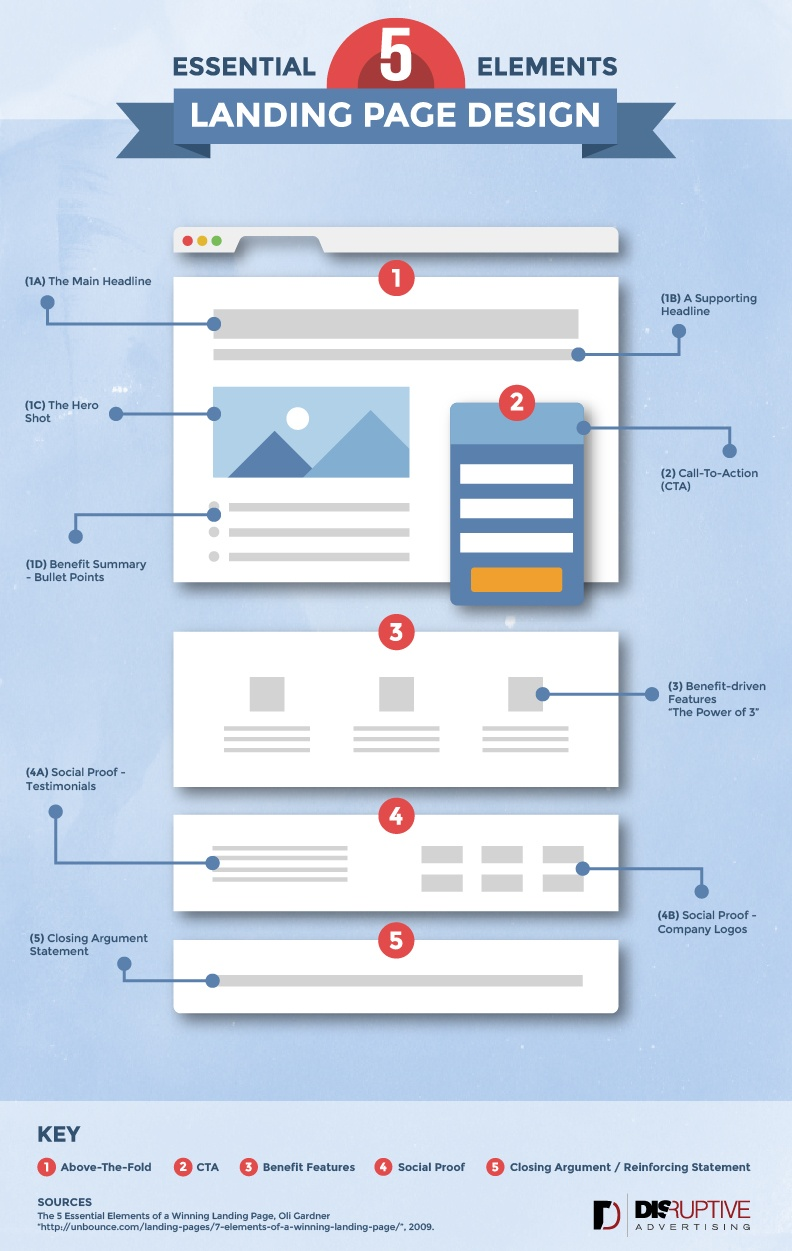Panos Siozos over at LearnWorlds originally put on a 1-hour seminar with this list. I've done a quick summary below because I thought it was valuable. Where I disagree with his points, I've put some comments in italics.
The elearning industry is projected to grow to $325 billion by 2025 (and that was before COVID-19) - there is a huge opportunity for course creators in the coming years. However, the skills required to build an online course and those required to sell online courses are not the same.
This list is a quick guide about where to put your focus when it comes to selling your course. For a more comprehensive guide to online course sales see this link
Online courses are like what ebooks were in the early 2000s
1. Build an audience
This is the number one rule when it comes to running an online course business and making online course sales. It is hard (not impossible, but harder) to make significant sales without an audience. If you take the path of putting your course on a marketplace like Udemy it is now very difficult to stand out.
My note: It's definitely not easy to crack Udemy, but I think Panos over-estimates the difficulty. See pros and cons here.
An audience can mean:
An email list
Social media following (Twitter, Facebook, LinkedIn, YouTube, Instagram, Twitch etc.)
A popular podcast
Sales contacts
High traffic website
Any other way that you can easily promote your course
2. Make a Great Landing Page
An effective landing page (AKA sales page) is key. Ingredients of such a page include:
Clear value proposition
Create an intro video
Social proof (i.e. testimonials, tweets, Trust Pilot)
Visuals which demonstrate the learning outcomes for students
A clear call to action
The landing page must be mobile friendly, on average >50% of course sales are made on mobile.

3. Email Marketing
Email is still the marketing channel with the largest return on investment, and a great center-piece for your marketing strategy. You can use MailChimp, AWeber, ActiveCampaign, ConvertKit, Octopus Email - there is plenty of choice. Do not just send one email! Obviously you don't want to spam your audience, but using things such as reminders and email sequence automation is advisable.
It's advisable to devote energy to encouraging people to join your email list or newsletter. Naturally, the best way to do this is by producing great content that people want to be reminded about and consume regularly. Supplement this fundamental pillar with lead magnets (such as ebooks, mini-courses, templates, pdf guides and other digital products) which incentivise people to join your list.
My Note: Ensure that any lead magnets are relevant for your target audience.
4. Working with Partners / Affiliates
Many online course authors have used an effective affiliate marketing program as their primary marketing tool. This is a common tactic in ecommerce (Amazon runs the most famous affiliate program). Partnering with others who have an audience can also be a highly effective way to spread the word about your course.
5. Content and Cross-Promotions
Don't write just for the sake of it and SEO - quality matters most. This is how you build your reputation.
Cross promote: - pitch your course to bloggers (affiliates), write high quality guest posts on other blogs, recruit affiliates in your niche (sales), work with social media influencers (offers + competitions)
6. Paid Ads
Panos refers primarily to Facebook (and other social media) ads, as well as Google adwords. This can setup opportunities for re-marketing - always more effective to find an existing/interested user and show them ads.
My Note: You need to either pay someone to help you or know what you are doing with paid ads to avoid wasting a lot of time and money. Yes you have to spend money to make money, but don't get ripped off.
7. Offers and Discounts
People even like the action of typing a coupon and seeing the price decreasing
In terms of your product pricing, offering different pricing options, such as tiers and annual pricing discounts can be effective. When it comes to when to run discounts, you have a lot of choice:
- Holidays
- New Years
- Seasons
- Black Friday
You can also use techniques such as:
- Bundling products to upsell
- Running free webinars
- Use scarcity and urgency - psychological technique ("only 10 seats left)
These all gives the impression of "more bang for buck" which helps online learning sales.
8. Add value
What else can you do to enhance your online course offering?
- Subscriptions / Membership sites
- Community integrations
- Transcripts
- Live classes
- Certifications - this is big - you can sell for more with a certificate, even if you don't have a brand
My note: An important point not mentioned is the importance of testing the different approaches. Use tools like Google Analytics, mixpanel and hotjar to experiment with the different techniques so you can measure the impact.
Want more ideas? Here are 120...
